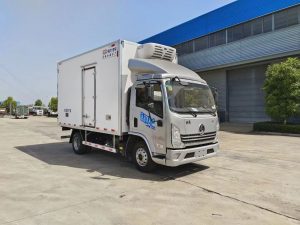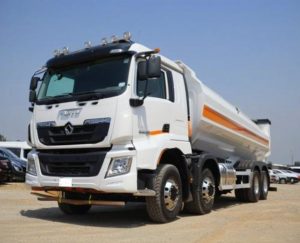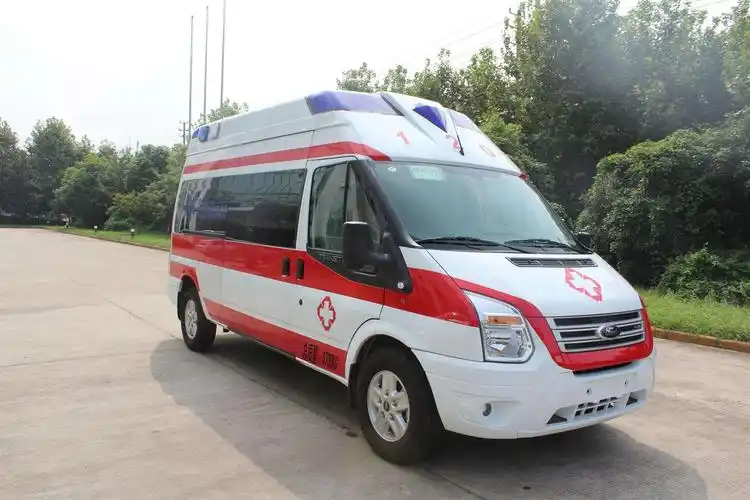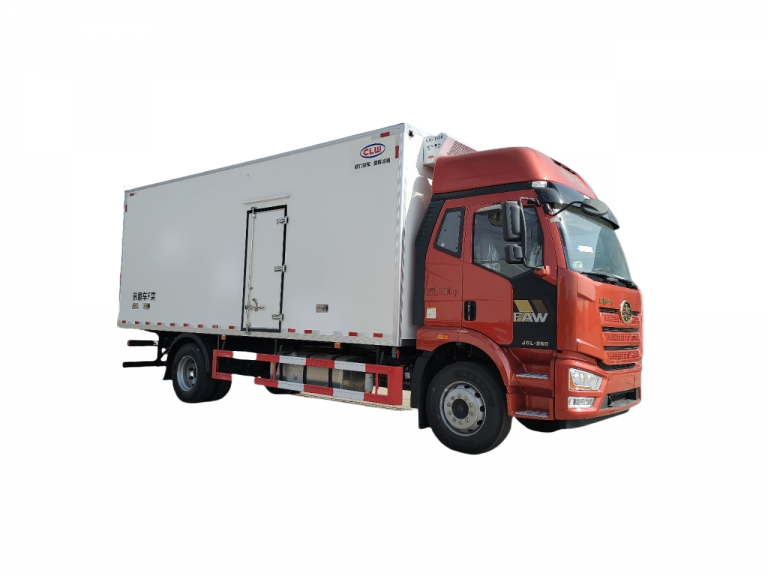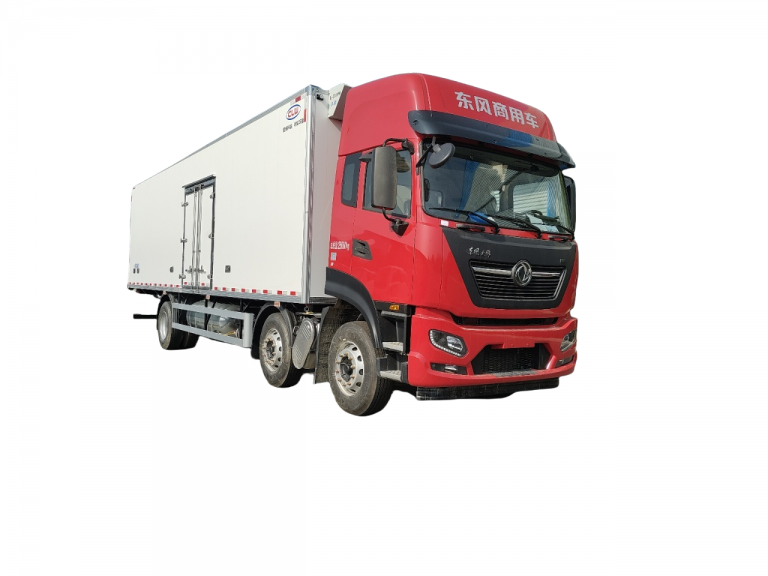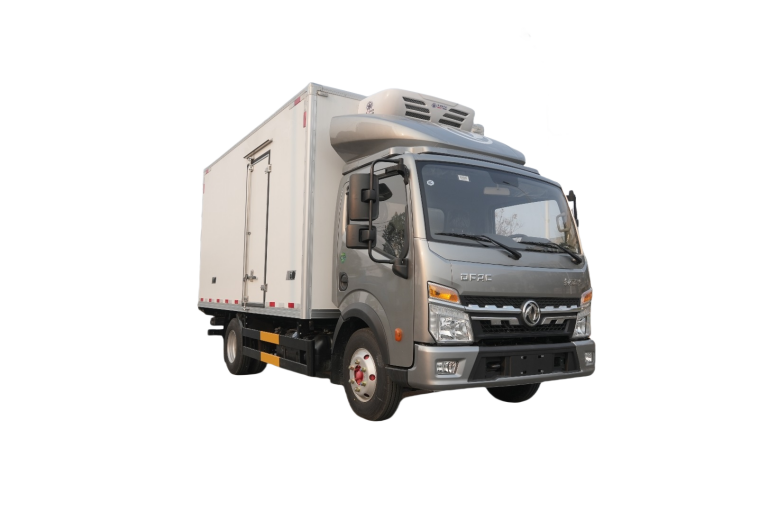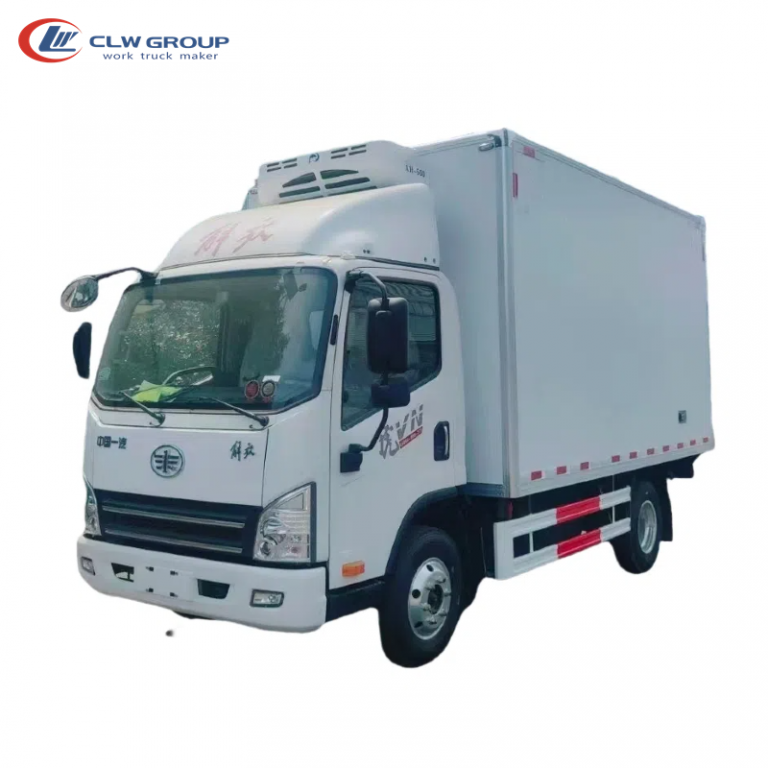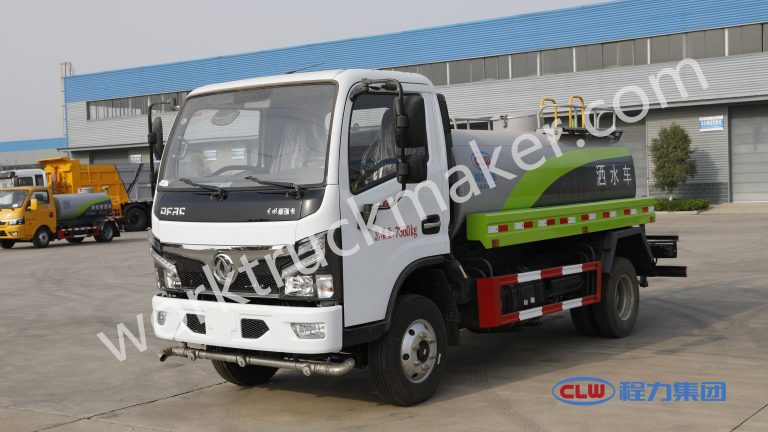Table of Contents
ToggleIntroduction to Special Vehicles
Imagine a world without ambulances, fire trucks, or construction cranes. It’s a reality that’s hard to fathom, isn’t it? Special vehicles are like the hidden heroes of our modern world, quietly ensuring that everything ticks along smoothly. They’re not just about flashy designs or high-speed performance; they’re about functionality, innovation, and often, the ability to save lives. So, what exactly makes a vehicle ‘special’? Let’s dive into the fascinating world of these incredible machines and explore their unique roles and contributions to society.
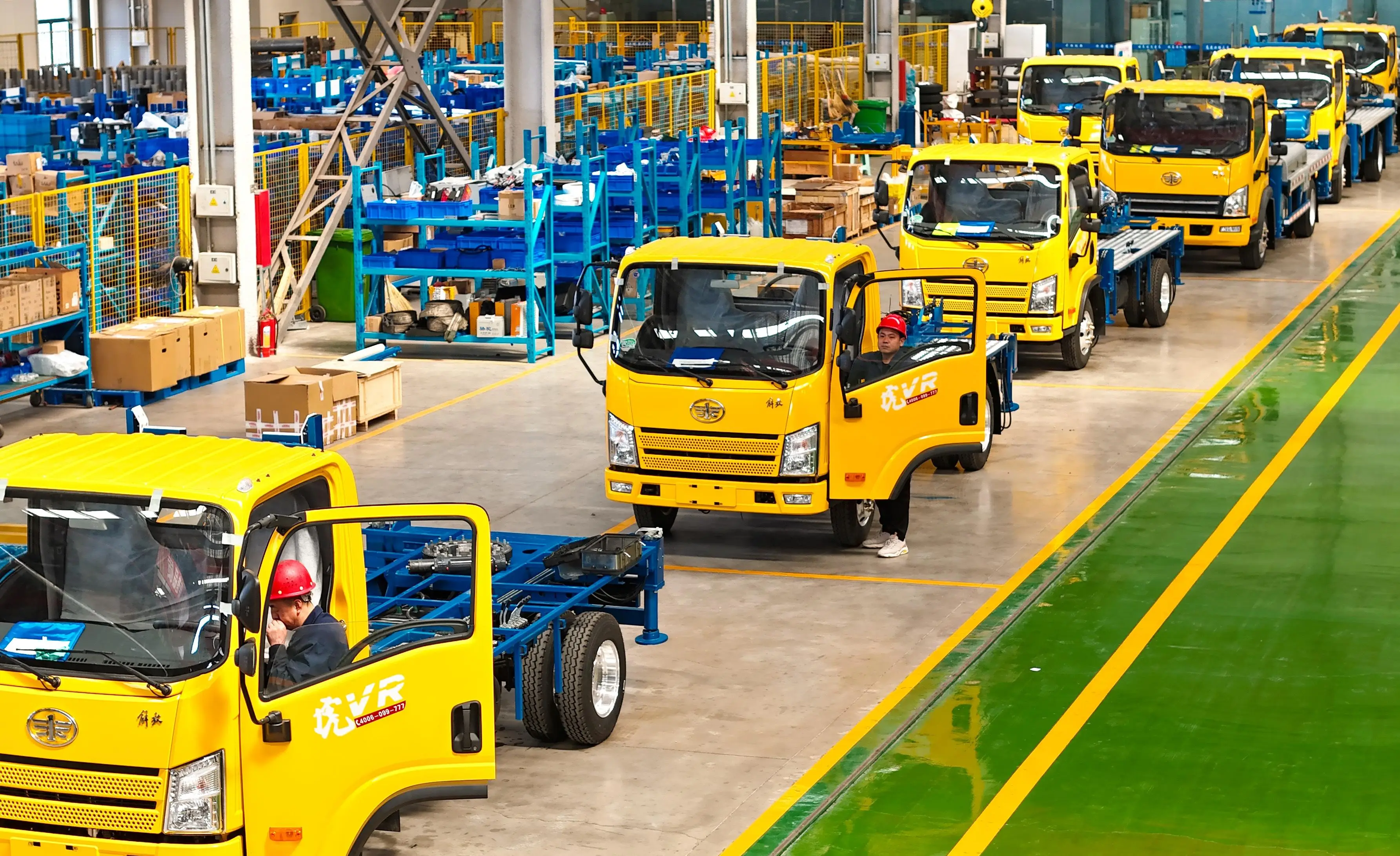
What Defines a Special Vehicle?
Unique Features and Design
Special vehicles are defined by their unique features and specialized designs that cater to specific tasks or industries. Unlike regular cars or trucks, these vehicles are tailor-made to meet particular needs, whether it’s for emergency services, industrial purposes, or recreational enjoyment. Think about the design of an amphibious vehicle that can navigate both land and water. This isn’t just a matter of adding wheels to a boat; it’s about integrating complex systems that allow seamless transitions between different environments. The engineering challenges are immense, but the results are vehicles that push the boundaries of what’s possible.
Types of Special Vehicles
The world of special vehicles is as diverse as it is intriguing. From towering construction cranes to nimble rescue helicopters, each type serves a specific purpose, equipped with tools and features that ordinary vehicles simply can’t accommodate. For instance, a fire truck is not just a large red vehicle; it’s a sophisticated machine equipped with water pumps, hoses, ladders, and emergency tools, all designed to combat fires efficiently. On the other hand, luxury vehicles might focus on bespoke designs, offering opulence and cutting-edge technology to those who desire both style and performance.
The Role of Special Vehicles in Society
Special vehicles play an indispensable role in the smooth functioning of our society. They are the backbone of emergency services, essential in construction and industry, and provide adventure and luxury for recreation. Without these vehicles, many of the services we take for granted would simply not be possible.
Emergency and Rescue Operations
When disaster strikes, every second counts. And that’s where emergency and rescue vehicles come into play. These vehicles are often the first on the scene, equipped with life-saving technology and gear. Ambulances are mobile medical units, complete with defibrillators, oxygen tanks, and other critical medical supplies. Fire trucks are armed with equipment to fight fires and rescue individuals from dangerous situations. Rescue helicopters, on the other hand, can quickly reach areas that are difficult to access by road, providing rapid assistance in critical situations. The design and functionality of these vehicles are centered around one primary goal: saving lives.
Military and Defense Applications
In the defense sector, special vehicles are critical for operations and strategy. Military vehicles such as tanks, armored personnel carriers, and drones are designed to endure the harshest conditions while carrying out essential tasks. Tanks provide formidable firepower and protection, capable of traversing rugged terrains. Armored vehicles transport troops safely, while drones offer surveillance and reconnaissance capabilities. Each of these vehicles is a product of meticulous engineering, crafted to meet the rigorous demands of military operations. They’re not just vehicles; they’re essential elements of national security and defense.
Special Vehicles in Industry
Beyond emergency and defense roles, special vehicles are the workhorses that power various industries. They enhance productivity, ensure safety, and often revolutionize traditional methods, making them indispensable in sectors like construction and agriculture.
Construction and Heavy Machinery
In construction, special vehicles are the backbone of any project. Picture a bustling construction site, with cranes reaching skyward and bulldozers clearing the way. These machines are designed to handle heavy loads, reach towering heights, and perform precise tasks—all while ensuring the safety of workers. Cranes, for example, are engineered to lift heavy materials with precision, while excavators and bulldozers prepare the land for construction. Each vehicle is built for durability and efficiency, transforming blueprints into reality and shaping the skylines of our cities.
Agricultural Innovations
In agriculture, special vehicles like combine harvesters and tractors have transformed the way we cultivate and harvest crops. These machines increase efficiency and reduce labor costs, contributing to a more sustainable and productive agricultural sector. Tractors are equipped with advanced technology to plow fields, plant seeds, and apply fertilizers with precision. Combine harvesters streamline the harvesting process, separating grain from chaff in one swift operation. These vehicles are not just tools; they’re innovations that have revolutionized agriculture, enabling farmers to feed a growing global population.
Recreational Special Vehicles
Not all special vehicles are about work and emergency services; some are designed for pleasure and luxury. For those who seek adventure or enjoy the finer things in life, recreational special vehicles offer an exciting and luxurious experience.
Adventure and Off-Road Vehicles
For thrill-seekers, off-road vehicles provide the perfect blend of adventure and durability. These rugged machines are built to conquer the toughest terrains, from rocky mountains to sandy deserts. Whether it’s a dune buggy racing across desert dunes or an ATV exploring forest trails, these vehicles offer an adrenaline rush like no other. They’re engineered for endurance and performance, ensuring that no matter where the trail leads, the adventure can continue.
Luxury and Custom-Made Vehicles
On the opposite end of the spectrum are luxury and custom-made vehicles. These are not just modes of transport but statements of style and status. With bespoke designs and opulent features, they cater to those who appreciate the finer things in life. From custom-built sports cars with exquisite craftsmanship to limousines equipped with the latest technology and luxurious amenities, these vehicles offer a unique blend of elegance and innovation. They’re crafted with meticulous attention to detail, ensuring that every journey is an experience in itself.
Environmental Impact and Sustainability
As the world becomes increasingly aware of environmental issues, the transportation sector, including special vehicles, faces significant pressure to adopt more sustainable practices. The challenge is to balance the need for specialized functions with the responsibility to reduce environmental impact.
Innovations in Green Technology
The push towards sustainability has led to remarkable innovations in green technology for special vehicles. Electric and hybrid technologies are at the forefront of this movement. Electric buses, for example, are becoming a common sight in urban areas, providing a cleaner alternative to traditional diesel-powered public transport. These electric buses reduce emissions and noise pollution, contributing to healthier urban environments.
In agriculture, electric tractors are emerging as a sustainable solution, reducing the carbon footprint associated with traditional farming practices. Similarly, solar-powered boats are gaining traction in marine transport, utilizing renewable energy to navigate waterways without harming aquatic ecosystems. These innovations are not just about environmental benefits; they also offer economic advantages by reducing fuel costs and maintenance expenses over time.
Challenges and Future Prospects
Despite the progress, the journey towards sustainable special vehicles is not without its challenges. High production costs, limited infrastructure, and the need for reliable energy storage solutions are significant hurdles. For instance, the development of efficient batteries for electric vehicles remains a critical area of research. While advancements are being made, the range and performance of electric special vehicles must meet the rigorous demands of their roles.
However, the future looks promising. Continued research and technological advancements are paving the way for more efficient and sustainable special vehicles. Governments and industries are investing in infrastructure and incentives to support the adoption of green technologies. As these efforts gain momentum, we can expect a broader range of eco-friendly special vehicles to enter the market, further reducing the sector’s environmental footprint.
Conclusion
Special vehicles are more than just machines; they are embodiments of human ingenuity and ambition. From saving lives in emergencies to advancing industries and providing unparalleled recreational experiences, these vehicles play a pivotal role in shaping our world. They are the silent workhorses and the stars of innovation, driving progress across various sectors.
As technology continues to evolve, special vehicles will undoubtedly become even more sophisticated and capable. The integration of artificial intelligence and automation is set to revolutionize how these vehicles operate, enhancing safety and efficiency. Imagine autonomous emergency vehicles that can navigate traffic seamlessly or construction machines that operate with precision without human intervention. The possibilities are endless.
The Future of Special Vehicles
Looking ahead, the future of special vehicles appears bright and full of possibilities. With continuous innovation and a focus on sustainability, these vehicles will undoubtedly play a crucial role in shaping the transportation landscape of tomorrow. The integration of smart technologies and data-driven insights will further enhance their capabilities, making them more efficient and responsive to the needs of society.
In the defense sector, the development of unmanned vehicles and drones is set to transform military operations, offering new strategies and capabilities. In agriculture, the rise of autonomous vehicles will streamline farming processes, increasing productivity while reducing environmental impact.
For recreational and luxury vehicles, the focus will likely shift towards personalization and connectivity. Imagine vehicles that adapt to the preferences of their owners, offering a customized driving experience that blends comfort with cutting-edge technology.
Ultimately, special vehicles represent the intersection of necessity and innovation. As we continue to push the boundaries of what’s possible, these vehicles will remain at the forefront of technological advancements, driving us towards a future where transportation is not only more efficient but also more sustainable and inclusive.
In conclusion, whether you’re fascinated by their engineering, excited about their potential, or simply appreciative of their role in our daily lives, special vehicles are a testament to what we can achieve when we dare to dream. They remind us that with creativity and determination, we can build a world that not only meets our needs but also inspires us to explore new horizons.

